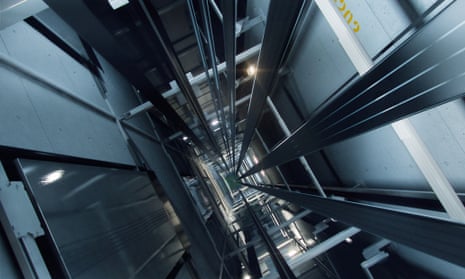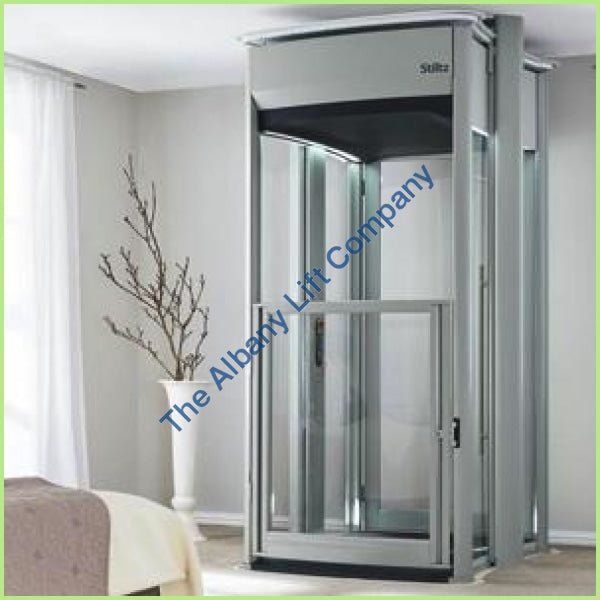We Maintain Lifts with Precision: Ensuring Security and Effectiveness
We Maintain Lifts with Precision: Ensuring Security and Effectiveness
Blog Article
Understanding the Different Kinds Of Lifts and Their Associated Upkeep Challenges
In the realm of building management, the smooth operation of lifts is essential for guaranteeing the seamless motion of individuals within a structure. Lifts, escalators, system lifts, staircase lifts, and upright platform lifts are all integral elements of a structure's framework that call for meticulous attention to maintenance. Each type of lift offers its unique collection of challenges, from mechanical malfunctions to governing compliance issues. By checking out the nuances of these different kinds of lifts and the upkeep difficulties they pose, a much deeper understanding can be obtained of the elaborate functions behind maintaining vertical transport systems running efficiently.
Lifts
Elevators play a critical function in vertical transportation systems within structures, assisting in reliable motion between different floors. These mechanized lifts have come to be a crucial function in modern-day facilities, making it possible for the smooth vertical flexibility of people and products within high-rise structures. By giving a safe, fast, and convenient methods of transportation, lifts enhance ease of access and convenience for people with differing flexibility demands.
The style and procedure of lifts entail elaborate design principles to make certain dependable performance and passenger security. From traction lifts that use cords and counterweights to hydraulic systems that rely on fluid pressure, various types of lifts use one-of-a-kind advantages based on the building's height, traffic patterns, and area constraints. Routine upkeep and evaluations are important to maintain elevator functionality and stop possible breakdowns that might disrupt building operations and aggravation residents.
In addition, innovations in lift innovation, such as location control systems and energy-efficient attributes, remain to maximize vertical transportation effectiveness while prioritizing guest comfort and sustainability. As structures get to higher elevations and intricacy, elevators stay a basic part of urban growth, boosting vertical connection and building functionality.

Escalators
Vertical transport systems in buildings are additionally enhanced by the existence of escalators, offering a complementary mode of movement between floorings that matches the performance of mechanical lifts. Escalators are detailed systems that need specialized upkeep to make sure smooth operation and security for users. Obstacles in escalator maintenance consist of the wear and tear of relocating components, such as actions, handrails, and drive systems, which can lead to malfunctions if not without delay addressed.
Platform Lifts
Platform lifts, additionally called mobility device lifts, are essential ease of access functions in structures and public areas, giving flexibility options for individuals with physical disabilities. These lifts are designed to securely carry individuals in mobility devices or with limited mobility in between various levels of a building. System lifts been available in numerous kinds, including upright platform lifts, likely platform lifts, and portable lifts, each accommodating particular building and availability needs.
Among the primary upkeep difficulties connected with platform lifts is making certain conformity with security regulations and requirements. Normal assessments and upkeep checks are important to assure that the lifts operate efficiently and safely. Concerns such as malfunctioning mechanisms, damaged elements, or electric malfunctions can posture safety and security risks if not quickly attended to. Furthermore, correct training for maintenance personnel is vital to identify prospective issues beforehand and stop any interruptions in the lift's capability.
Stair Lifts
A common feature in structures to boost accessibility for individuals with movement difficulties, staircase lifts provide a useful service for navigating multiple levels without the requirement for climbing stairs - lift repair companies. These devices contain a motorized chair or platform that moves along a rail affixed to the staircase, permitting people to be safely transported up and down the stairs while seated. Stair lifts are especially advantageous for the senior and people with impairments, enabling them to maintain independence and access various floorings of a structure with simplicity
One of the primary upkeep obstacles connected with stairway lifts is making sure the smooth procedure of the relocating components. Routine lubrication of the railings, equipments, and various other mechanical parts is crucial to protect against deterioration, guaranteeing the long life of the tools. Furthermore, routine assessments by qualified service technicians are needed to detect and deal with any prospective issues promptly. Appropriate maintenance not just prolongs the life-span of the stairway lift but additionally guarantees the safety and security of its users. see post
Vertical System Lifts
When considering access services for people with flexibility difficulties, vertical platform lifts play a critical duty in facilitating motion in between various degrees within a structure. Upright system lifts are developed to move individuals in mobility devices or with minimal mobility vertically between floors. These lifts supply a safe and effective way for individuals to accessibility various levels without the need to address browse stairs.
Among the essential benefits of upright system lifts is their flexibility in terms of installation. They can be easily integrated into existing structures without the requirement for extensive architectural modifications. lift repair companies. This flexibility makes vertical platform raises a preferred choice for both business and residential setups
However, like any kind of mechanical system, upright platform lifts require regular maintenance to make certain optimum efficiency and security. Usual upkeep tasks for vertical system lifts consist of examining and oiling moving parts, screening security features, and evaluating electric elements. Normal maintenance not just prolongs the lifespan of the lift yet likewise aids protect against unforeseen malfunctions that might disrupt ease of access for people with wheelchair challenges.
Final Thought
To conclude, comprehending the numerous kinds of lifts and their one-of-a-kind maintenance obstacles is critical for guaranteeing their effective and secure procedure. Elevators, escalators, platform lifts, staircase lifts, and vertical platform lifts each need specific upkeep procedures to make certain and stop malfunctions customer security. By identifying these differences and executing ideal maintenance techniques, building owners and supervisors can lengthen the life visit site expectancy of their lifts and give a dependable transport option for passengers.

Nonetheless, like any type of mechanical system, vertical system lifts require regular maintenance to guarantee optimal efficiency and security. Lifts, escalators, platform lifts, staircase lifts, and upright platform raises each need certain maintenance procedures to stop malfunctions and guarantee user security.
Report this page